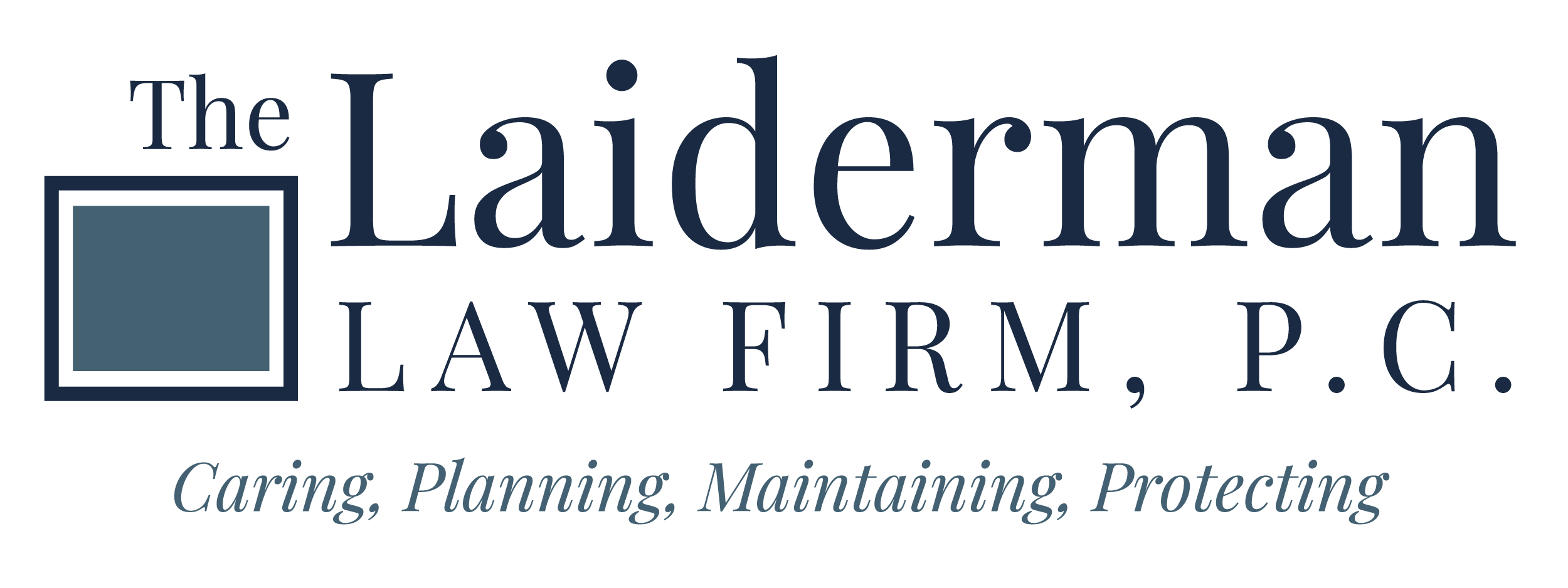If you have a family member who needs ongoing assistance because of a disability, severe medical issue, or a chronic illness, you might need to create a schedule within the family for providing care to that loved one. Few of us can afford to hire a private nurse for a family member. Many people who need caregiving need someone available 24 hours a day, even if some of that time is watching over the person rather than providing medical attention.
Public assistance programs provide limited, if any services, so most families have to figure out who can pitch in and help care for the loved one. If you are like most people, you could use some suggestions on tailoring a caregiving plan to your family. Recent legislation could make that task easier.
The Inherent Problems of Caregiving
People who are already working full-time and raising their families, often end up taking shifts, along with other relatives. The situation can go on like this for years. The caregivers become exhausted, physically, emotionally and financially.
Resentment can build, if some of the family caregivers feel they are doing more than their share, while others are not doing their part. Years later, the primary caregivers can get accused of undue influence, if the person who received help gives a larger portion of the estate to the primary caregivers out of gratitude.
Why Congress is Paying Attention to the Challenges of Family Caregiving
Our population is aging. By 2026, the baby boomer generation will start to turn 80 years old. Many people in their eighties need long-term care, either in the home or a facility. The high numbers of baby boomers and the declining birthrates mean there will be more people needing family caregiving and fewer relatives available to provide those services.
Family caregiving takes a massive chunk out of our economy each year. Experts say 40 million people in the United States provide unpaid caregiving services to their adult loved ones, who have limitations in their daily activities. The experts on aging value these services at around $470 billion a year.
Another 3.7 million Americans take care of a disabled child under the age of 18. Some people have to provide caregiving for both an older adult and a child. People in the field estimate that about 6.5 million people in our country fall into this category.
The caregivers face immediate and long-term financial crises, because of the time they devote to the needs of their vulnerable loved ones. In the moment, the caregiver might have to cut back on work hours or leave a paying job to be there for the family member in need. Losing a paycheck and benefits, can put a caregiver into economic hardship. Many caregivers live in poverty in the future, because it was impossible to contribute to retirement savings or the Social Security system during the long years of caregiving.
Congress is working on measures to provide more public resources for family caregivers. The “Recognize, Assist, Include, Support, and Engage (RAISE) Family Caregivers Act” contains strategies for state and communities to support caregiving families. Increased assessments and service planning dovetailed with education, supports and respite options can impact financial security and workplace issues of caregivers. The new law centers on both caregivers and people receiving the care.
References:
AARP. “Building a Family Caregiving Strategy to Align with the Real Needs of Families.” (accessed October 31, 2019) https://blog.aarp.org/thinking-policy/building-a-family-caregiving-strategy-to-align-with-the-real-needs-of-families


